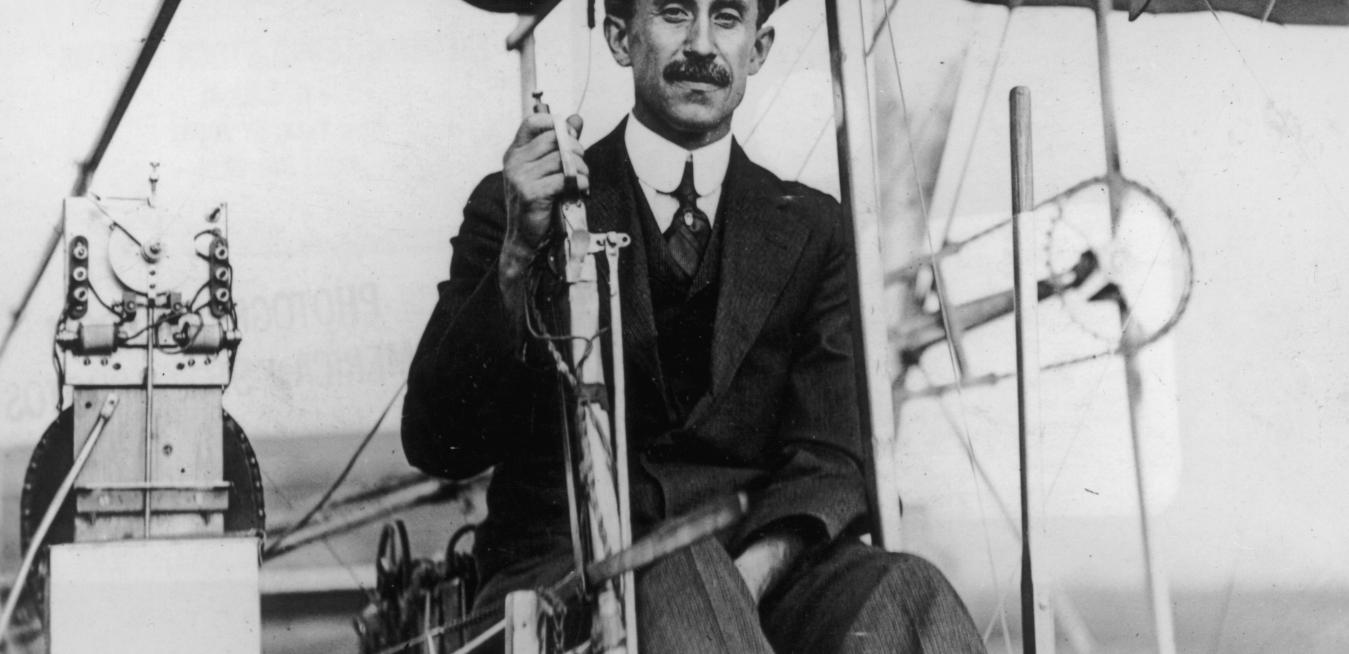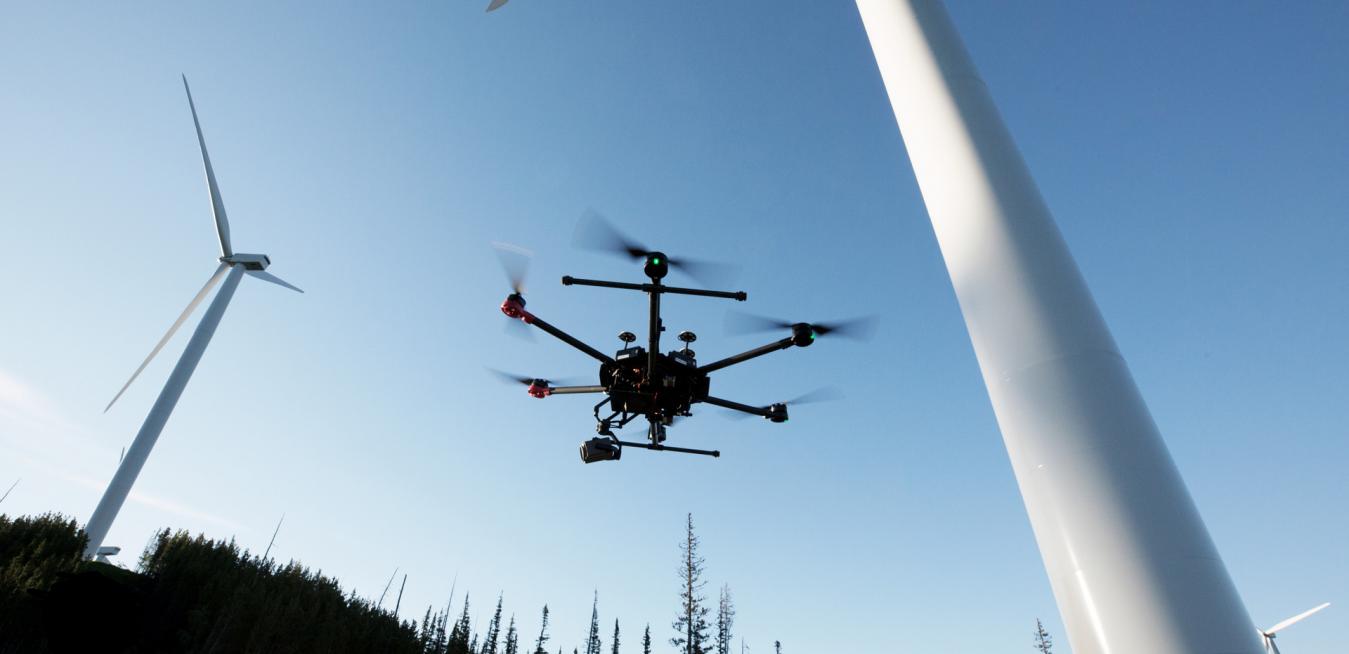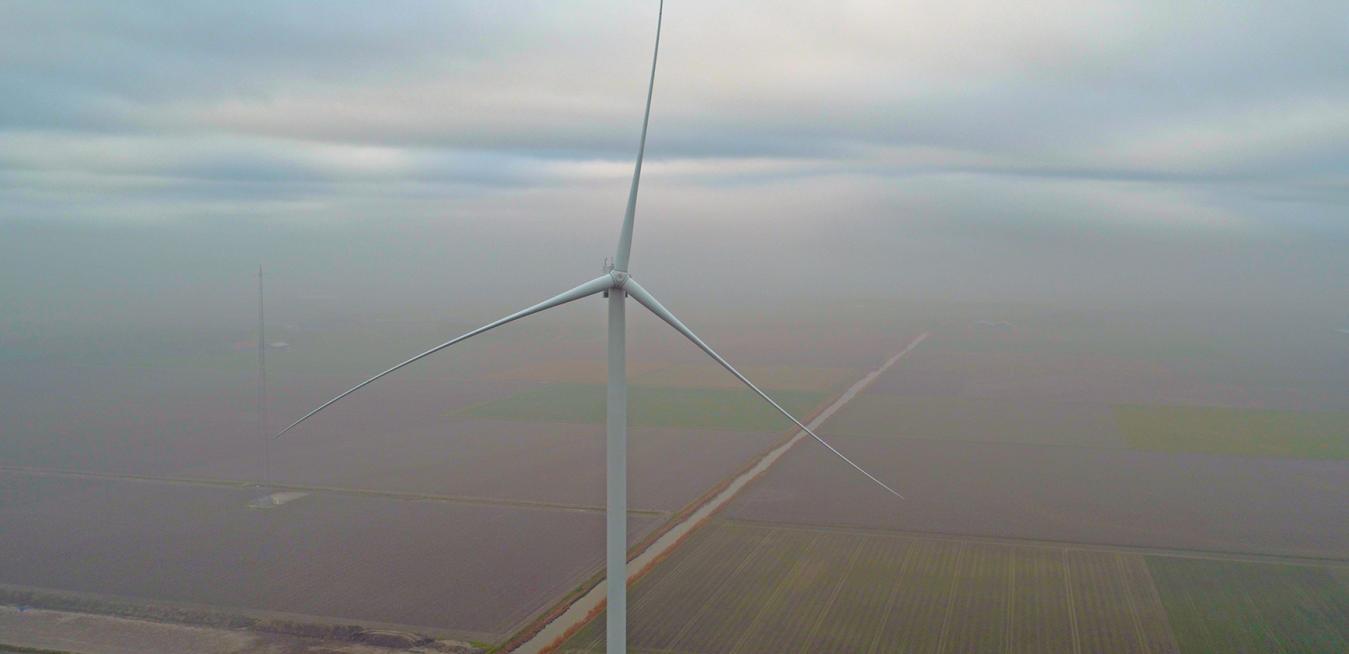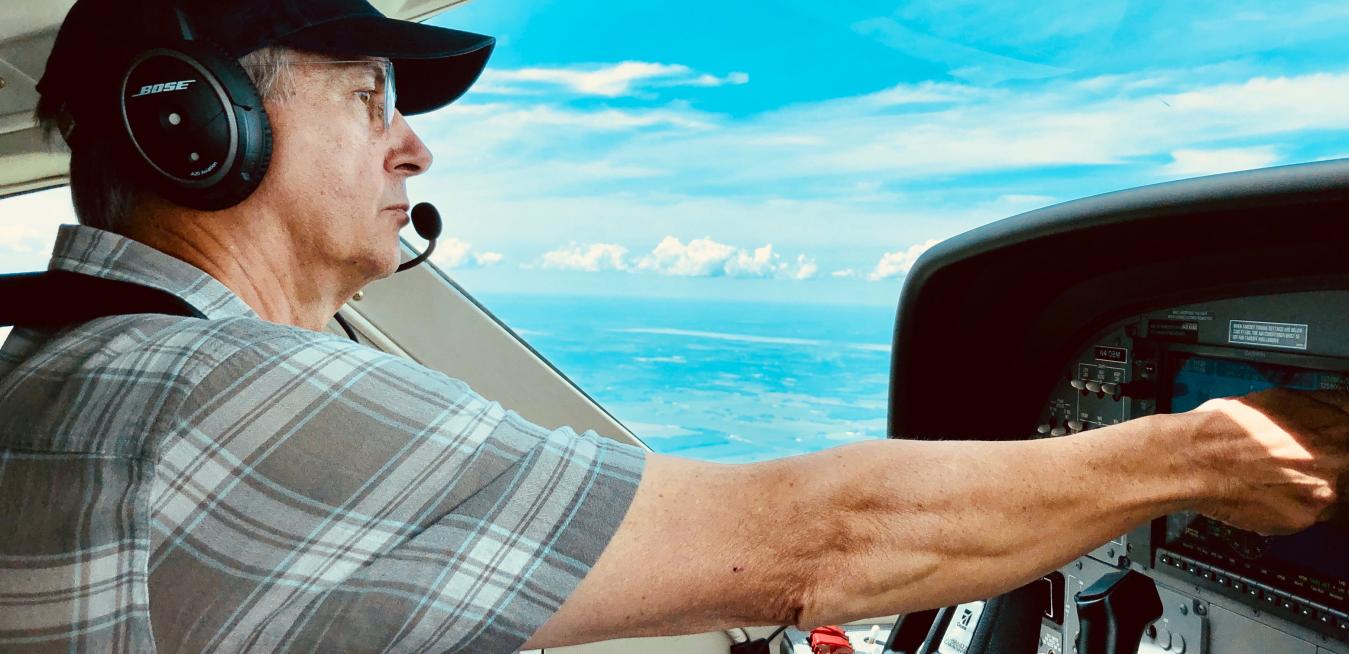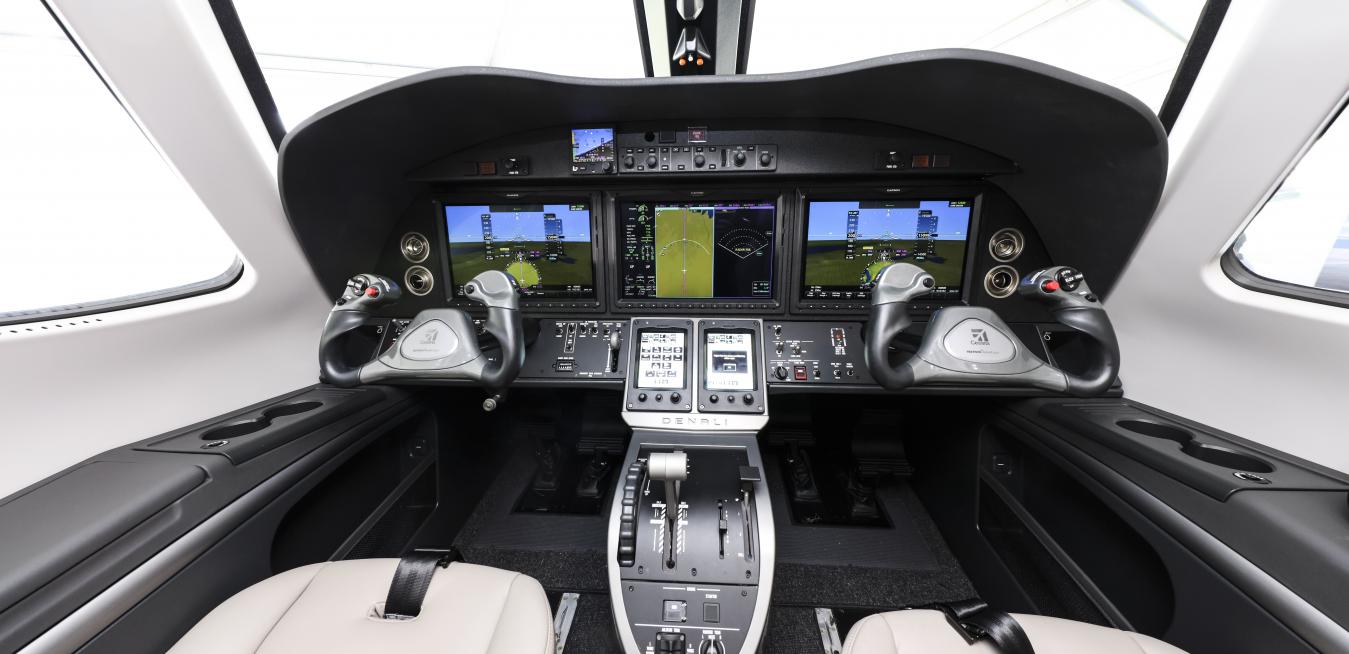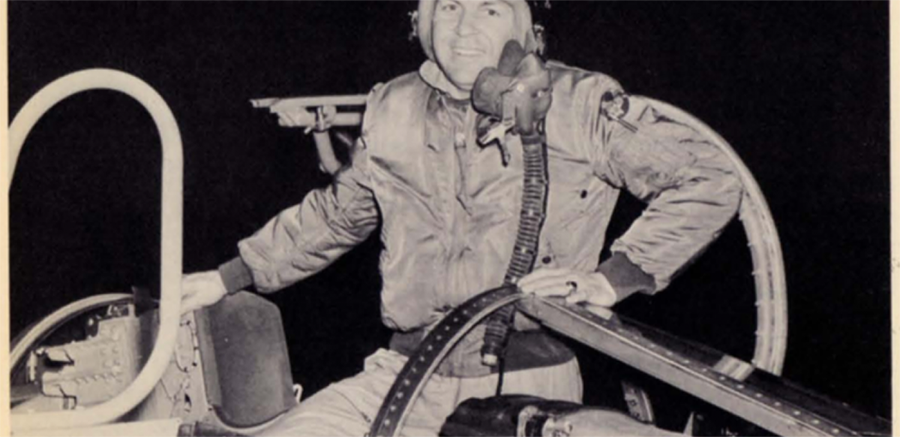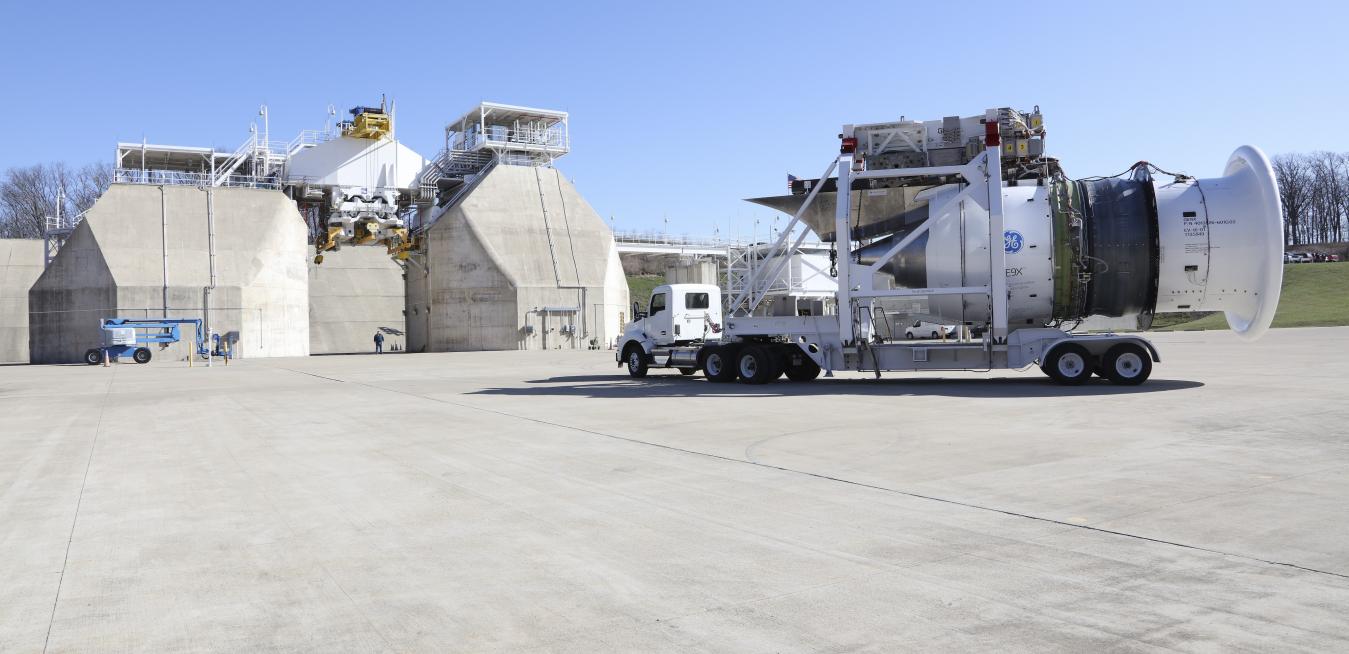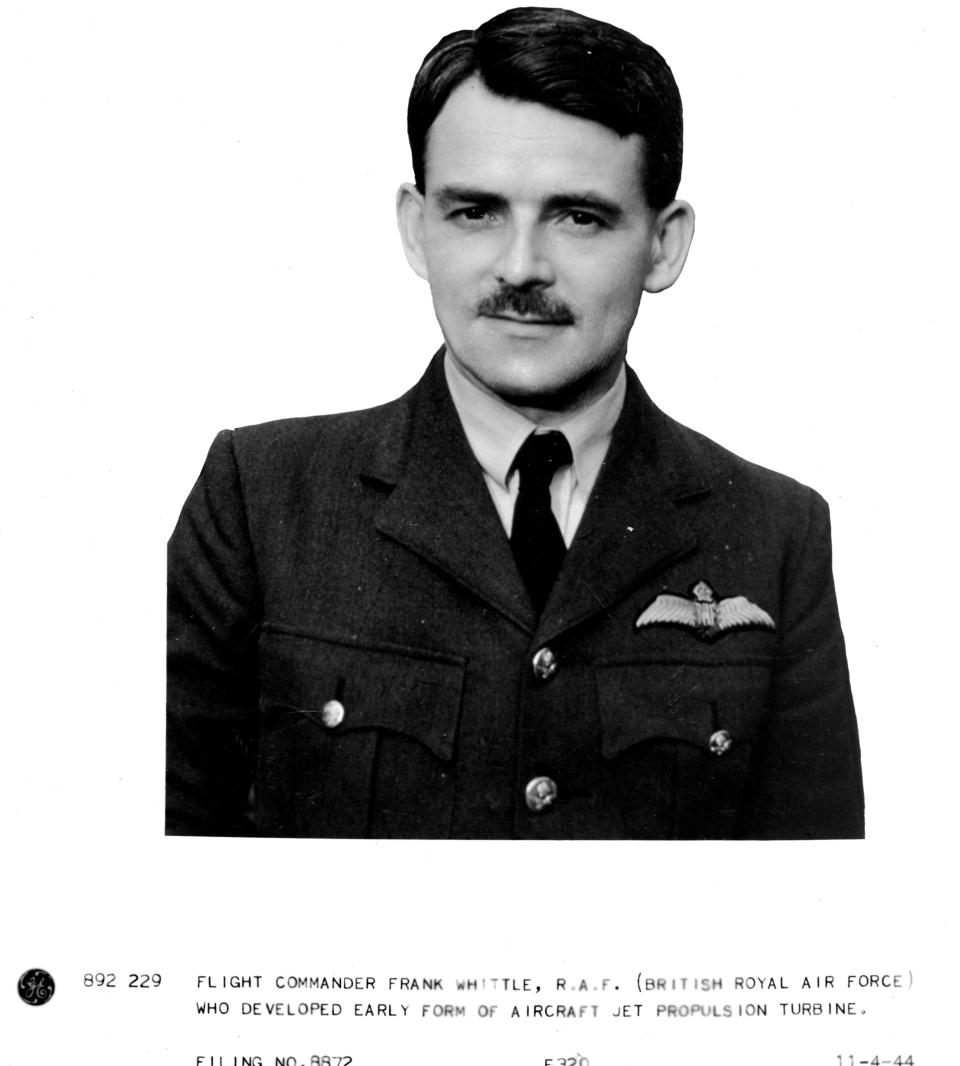This summer, employees at GE Aviation gathered for a festive celebration outside the GE unit’s global headquarters in Evendale, Ohio, just north of Cincinnati. The star of the party was a massive jet engine — its front fan alone spans more than 11 feet in diameter — that GE developed for Boeing’s next-generation 777X widebody jet. The occasion?
Looking back at his illustrious career in aviation, Paul Poberezny said that he “didn’t think there has been a single day since I was five years old when I didn’t say the word ‘airplane.’”
In the early fall of 1962, Neil Armstrong climbed into a car with GE test pilot Elliot See Jr. at what is now called the Armstrong Flight Research Facility in Edwards, California. They set out from the Mojave Desert town for NASA’s Manned Spacecraft Center in Houston some 1,600 miles away.
GE’s latest jet engine, the GE9X, keeps piling on the superlatives. Already the world’s largest commercial jet engine, it is also now the most powerful one, according to Guinness World Records.
When Frank Whittle’s seaplane landed at LaGuardia’s Marine Air Terminal in New York City in June 1942, the pioneering jet engine designer found himself in a country that prided itself on its technological prowess. And yet, with World War II in full swing, the American jet engines were embarrassingly far behind the British, who themselves had fallen behind their German foes.
